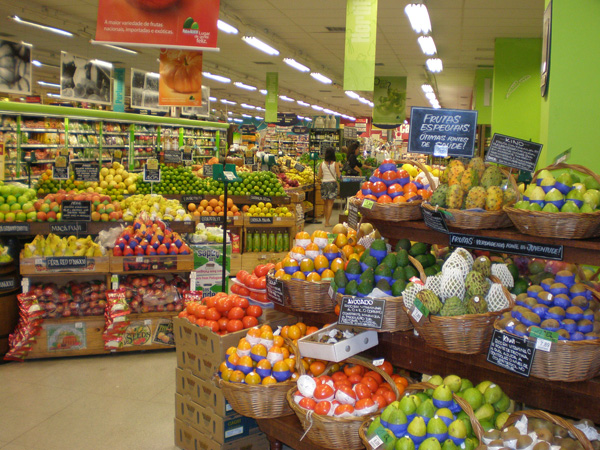Survey shows 55% of Canadian consumers plan to spend less on non-essential goods
TORONTO /CNW/ - The vast majority (70%) of Canadian consumers reported a shift in product preferences at the start of the pandemic that doesn't show signs of changing, according to the EY Future Consumer Index survey. From luxury brands to high-tech gadgets, 55% of Canadian consumers are ditching the latest trends and decreasing spending on non-essential goods and services.
"The consumer was evolving long before the pandemic and the current landscape has only accelerated those changes," says Lokesh Chaudhry, EY Canada Consumer Co-Leader. "We're now seeing new preferences play out across the country as consumers ramp up online purchases, look for contactless transactions and pay closer attention to the environmental impact of international supply chains."
While affordability (54%) and health and safety (40%) are prominent drivers of current consumer behaviour, social and environmental impact of products (47%) is quickly rising. Shoppers increasingly want to know where and how products are made and sourced, and about the real cost of what they buy.
"Revising purpose and recalibrating it towards local and societal needs is a critical first step for retailers hoping to align with consumer values and tap into future demand and growth opportunities," says Ryan Beck, EY Canada Consumer Co-Leader. "Vague assurance won't be enough, either. Businesses will need to invest in supply chain and data capabilities to provide transparency if they want to be perceived as authentic and win over consumer trust."
Preferences for how consumers shop is changing, too, as more look for seamless — and safe — experiences, leading 55% of shoppers to turn to cashless payments as well as contactless purchasing and delivery options. Grocers have perhaps felt this shift the most, with 41% of Canadians who were slow to adopt online grocery shopping pre-pandemic, now depending on the service, making it the third largest household spending category.
"Retailers need to view physical stores and online platforms as one ecosystem, rather than separate channels — that means using an omnichannel strategy to create customer journeys that feel consistent and engaging to the consumer at each step, from acquisition to conversion to loyalty," says Chaudhry. "With back-to-school shopping underway, there'll be many key learnings coming out of the fall that retailers can apply to Black Friday and the holiday shopping season as they begin to creep closer."
Comments
There are 0 comments on this post













